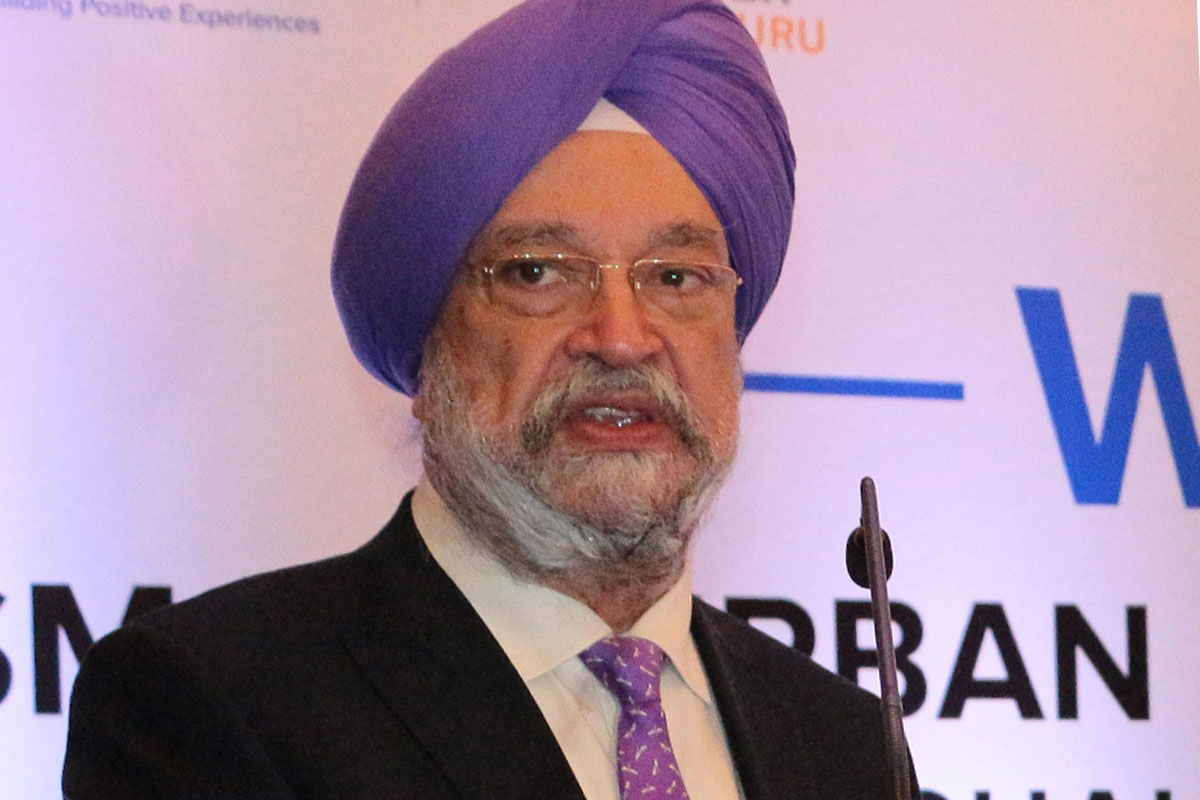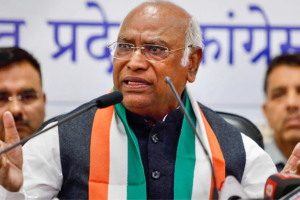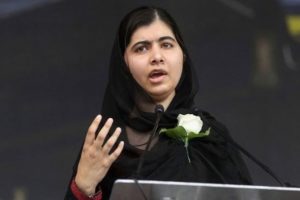Hardeep Singh Puri, a former diplomat, at present is serving as the Minister of Petroleum and Natural Gas and Minister of Housing and Urban Affairs in the government of India. He also holds a record as the longest serving Minister for Housing and Urban Affairs.
Advertisement
A 1974-batch Indian Foreign Service officer, Puri has had a distinguished four-decade career in diplomacy spanning on the bilateral and multilateral arenas, having held ambassadorial posts in London, Brasilia and as India’s Permanent Representative to the United Nations in both Geneva (2002-2005) and New York (2009-2013). He is one of the few Indians to preside over the United Nations Security Council (UNSC) and the only one to have chaired its counter-terrorism committee. He served as Chairman of RIS, as vice-president at the International Peace Institute and secretary-general of the Independent Commission on Multilateralism in New York.
Hardeep Singh Puri authored three books, ‘Separating the Wheat from the Chaff: Decoding Dominant Narratives’ (Konark Publications, 2019); ‘Delusional Politics’ (Penguin Viking, 2018); and ‘Perilous Interventions: The Security Council and The Politics of Chaos’ (Harper Collins, 2016). He also edited the anthology ‘Delhi University: Celebrating 100 Glorious Years’ (Rupa Publications, 2022).
Anjali Bhatia caught up with Hardeep Singh Puri to know about his priorities and challenges.
Q: Central Vista is one of the most talked-about projects of the Urban Development Ministry. Since the very first day of its inception, it has been in the news. As Urban Development Minister, how challenging is the project.
Hardeep Singh Puri: The Central Vista project has not been difficult at all. In fact, it is a privilege to be asked to lead a project of such significance to the future governance of the country. The development of Central Vista is an important aspect of the honourable Prime Minister’s vision of a ‘new India’. The project has been in the news primarily because the Indian public has demonstrated a high degree of interest in the project, thus resulting in its extensive coverage. The public, especially Delhiites, recognised the need to increase the capacity of government buildings and make this area of the national capital more accessible to the public. They understand that the project will bring about efficiencies in governance, especially in light of the upcoming delimitation exercise which will be undertaken in 2026. There was an urgent need to revitalise public and administrative spaces, streamline administration, and increase the inclusivity of an indispensable node of Delhi.
Q: Central Vista has been criticised by environmentalists. It led to loss of green cover in the heart of Delhi. What do you have to say about it?
HSP: I reject the assertions. Not only are they blatantly false, they demonstrate how the Opposition has tried to instigate a false narrative against the project. This is most unfortunate. The Opposition’s spurious complaints against the project have been concocted solely to suit their political agenda. I must add here that the Opposition has failed miserably in its attempts to stoke negative public perception towards the project. The citizens of Delhi have unambiguously rejected these futile attempts to stir trouble. These environmentalists and their thinly veiled political patrons have perhaps not looked at the blueprints of the projects and the planned outcomes.
So, let me be unequivocal to clear the misconceptions. No green cover is being lost because of the Central Vista project. In fact, the green cover of the Central Vista area is increasing as components of the project are completed. Let us take the recent inauguration of the Kartavya Path as an example. The overall green cover increased from 350,000 sq. metres to 390,000 sq. metres with the completion of the Kartavya Path. No trees were cut while 48 trees were transplanted.
The attacks on the project are a desperate attempt by the Opposition to stay relevant. The Modi Government has always prioritised sustainability in development. I have had the privilege of being associated with the Ministry of Housing and Urban Affairs for more than five years now. I can tell you with a degree of certainty that India’s urban rejuvenation has brought with it a paradigm shift – concepts of sustainability, inclusion and resilience have been mainstreamed in all aspects of the infrastructure lifecycle. The Central Vista project is a shining example of this development philosophy.
Q: On the one side your party says English names smack of slavery. But on the other, the very name Central Vista is not Bhartiya?
HSP: Where is the criticism? I haven’t heard anything about this. Naming something in English doesn’t automatically make it ‘not Bharatiya’. This criticism, if at all exists, is absurd. Anyone will instantly recognise that the name of the project derives from the geographical location of the area in Delhi. People who are criticising this have perhaps forgotten that it was Rajpath which was renamed to Kartavya Path. It wasn’t some English term that we were renaming. Rajpath (which, incidentally, did have an English antecedent: “Kingsway”) represented an unseemly deference to rulers and state.
This philosophy was a residue of colonial rule and continued to be played out in the halls of government buildings before 2014. It is this sentiment that we wanted to end. Governance, under the leadership of the honourable Prime Minister Shri Narendra Modi ji, is not about the privilege of rulers; it is instead about the service that we owe to the citizens of India. The renaming of this road was done to remind us of our fundamental duty to serve; hence, ‘Kartavya Path’.
Q: During Covid, the Opposition said in times of crisis, when the country was going through a pandemic, Central Vista was a waste of money. This money could have been used for public welfare. Do you think the government could have avoided it?
HSP: Let me put this line of thought to rest once and for all. While successfully managing the pandemic, the Government of India did not stop everything else. Effective governance is a carefully considered and continuous process of determining the best use of public resources. This exercise involves the preparation of well-planned budgets for various public welfare endeavours and includes detailed plans for emergencies such as the pandemic. The framing of your question indicates an incomplete understanding of public policy. To suggest that governance is as simple as diverting budgeted public resources to focus on any one problem that may seem urgent at a certain point in time (in this case, the pandemic) while ignoring other public concerns is a position lacking any nuance.
The COVID-19 pandemic was a once-in-a-century occurrence that shook the world. However, India was well prepared to handle this unprecedented situation. Massive governmental efforts were made to ensure that people were fed three times a day; basic services and public welfare schemes remained unaffected; and that nationwide vaccination was undertaken speedily and meticulously. Wherever necessary, the government diverted funds and functionaries from existing government schemes and operations to aid in managing the evolving situation. The Central Vista project was an important project that needed our attention during this unfortunate time, just like many other government schemes and programmes.
In fact, one can argue that the Central Vista project was vital because of the livelihoods it provided to a large number of craftsmen, artisans and labourers. It gave a much-needed boost to the construction industry when construction activity had reduced drastically. This project has proved to be a lifeline for many.
Q: Rajpath’s name was changed to Kartavya Path. Is the BJP trying to change the history of India?
HSP: As I have already mentioned in an earlier response, the renaming of Rajpath to Kartavya Path represented an important symbolic action of India ridding itself of colonial baggage. The honourable Prime Minister’s framing of the inauguration of the Kartavya Path as the nation freeing itself of ‘ghulami ki mansikta’ is consistent with an independent mindset. I believe the renaming of the Kartavya Path has done what it was intended to do, i.e., symbolically show what it means to be an ‘Indian’. Kartavya Path signifies the duty of service, rather than the privilege associated with ruling.
Q: Do you prefer clean air, blue sky cities or smart cities? Which one is the priority?
HSP: Both. There is no choice to be made in the matter here. Becoming a smart city will mean that the city has reduced its air pollution to a great extent. A smart city, by character, should facilitate ease of living for its citizens. For many urban dwellers, especially those that live and work in the 100 cities selected under the Smart Cities Mission, air pollution is an important daily concern. Speaking purely of the relationship between smart cities and clean cities, I am glad to inform you that around 3,100 projects under the Smart Cities Mission, which focus on improving city-wide cleanliness through initiatives in urban mobility, waste management, water management, and blue-green infrastructure, have been completed.
Q: New Delhi is the national capital and is highly populated, polluted and full of encroachment and unrecognised colonies. Do you have any plans to make Delhi liveable and beautiful?
HSP: Regarding the problem of pollution in Delhi, every city faces a combination of factors that cause air pollution. Delhi’s case is most certainly unique because of its geographical location. It is not just vehicular traffic and urban emissions caused due to construction and industrial activity in the winter or fireworks during Diwali, but also stubble-burning from states such as Punjab, which contribute to the dangerously high AQI levels of PM10 and PM2.5 particles in the city, especially during the months of October and November. While I am glad that stubble-burning incidents are reducing in these states since 2016, the performance in BJP-led Haryana and Uttar Pradesh has been much better than in Punjab. Punjab’s performance has been more erratic over the years and continues even after the Aam Aadmi Party (AAP) came into power.
The district of Sangrur – from where the Chief Minister of Punjab was elected – reports among the highest number of stubble-burning cases in the state. For years, the AAP Government in Delhi led by their leader, Shri Arvind Kejriwal ji, sharply criticised stubble-burning in Punjab. Now, when AAP is in power in Punjab and Delhi both, there seems to be very little done to manage this problem.
The Modi government has taken various steps to reduce encroachment and regularise unauthorised colonies in Delhi. Under the PM-UDAY scheme, DDA is conferring ownership rights to residents. More than 16,000 households have benefitted from the issuance of conveyance deeds. We estimate that a total of 40 lakh people in 1,731 unauthorised colonies in Delhi will benefit from this scheme. Under DDA’s ‘Jahan Jhuggi Wahan Makaan’ scheme, in-situ rehabilitation of 376 Jhuggi-Jhopris will benefit more than 1.72 lakh families.
Further, under the Land Pooling scheme, around 17 lakh dwelling units will be generated. Unfortunately, other transformative governance initiatives of the Modi government have been stymied by the AAP government. Why has the Pradhan Mantri Awas Yojana-Urban (PMAY-U), one of the world’s largest housing programmes, not been implemented in Delhi. When more than 1.22 crore houses have been sanctioned in the country under PMAY-U of which more than 65 lakh houses have already been delivered, why did the Delhi Government opt out of the mission? There is convoluted thinking in the present leadership of AAP that if they cannot take credit, it is better to stall.
Q: Traffic jams are the main problem in all metro cities. Do you have any future plans to decongest metros?
HSB: The overarching approach of the Modi Government is to make cities mobility friendly, centred on the philosophy that our cities should ensure the ‘movement of people rather than the movement of vehicles’. This, by definition, means that there will be a considerable reduction in traffic in Indian cities in the coming years. The centrepiece of our strategy is the thrust given to metro projects around the country. This is an indicator of the improvements being made to urban India’s public transportation systems.
Today, 824 km of metro rail are fully operational while another 1011.5 km of metro rail / RRTS line are under construction. This network has enabled efficient urban mobility on a massive scale. Even though India is urbanising rapidly and is expected to more than double its urban population by 2050 to 877 million, I think we will see a paradigmatic shift in traffic management and urban mobility in the coming decades.











